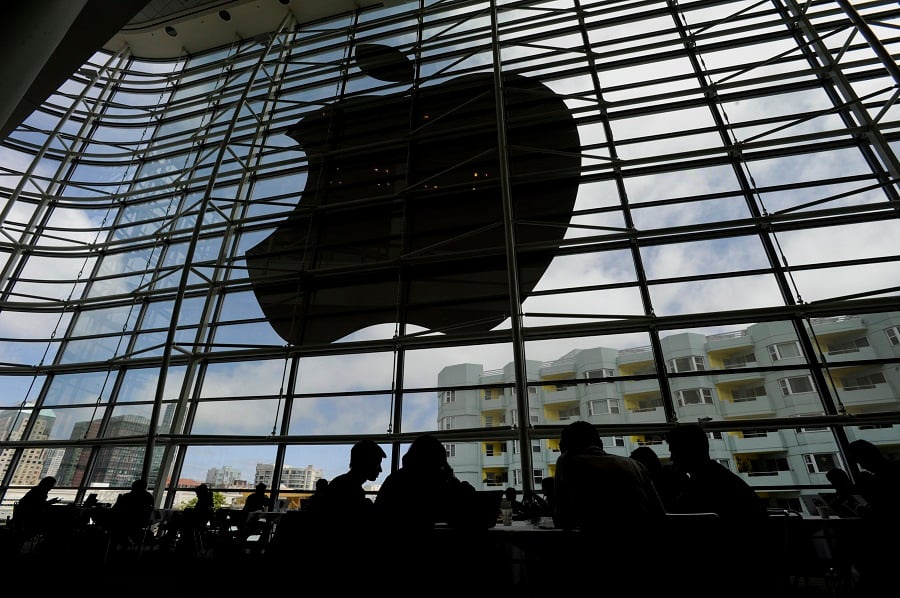Your clients' mutual funds or exchanged-traded funds may hold more Apple shares than you, or they, think. But that's not necessarily a bad thing — sort of.
Apple (AAPL) stock tumbled more than 15% since April 14 as investors fretted about future sales, particularly in China. (The Standard and Poor's 500 stock index fell 0.9% during the same period.)
Apple is not only the largest component of the Standard and Poor's 500 stock index, but the largest holding in some funds. The stock's decline has erased billions of dollars in mutual fund and ETF assets.
The worst case: Fidelity Select Computers (FDCPX), which had 23.9% of its portfolio in Apple as of March 31,
according to Morningstar. The fund dropped 8.8% during Apple's fall — not unexpected for a fund that focuses on computers, but not something most people want to wake up to.
Other actively managed funds with lots of Apple didn't necessarily wind up getting peeled. Upright Growth (UPUPX), for example, had 19.9% of its portfolio in Apple and fell just 3.9%. The fund had a 26.6% cash position at the start of the year, according to the most recent information available from Morningstar. The Matthew 25 fund, which had 11.9% of its assets in Apple, fell just 0.53%, thanks to other holdings, such as outdoor retailer Cabela's (CAB).
Index ETFs with a dense Apple filling did rack up sizable losses. PowerShares QQQ ETF, which weighs in at 11.3% of Apple, shed 4.7%. Other tech-laden index ETFs fared far worse:
• iShares U.S. Technology (IYW), tumbled 6.5%. Apple is 16.9% of the portfolio.
• Technology Select Sector SPDR (XLK), with 14% Apple holdings, fell 5.5%.
• Vanguard Information Technology (VGT), lost 5.6%. The fund has 13.8% of its assets in Apple.
Of course, you didn't need Apple to rack up big losses in technology during the period.
Columbia Seligman Communications and Information (SLMCX) tumbled 6.8% during the Apple drop, and Apple is just 4.6% of the fund's assets.
Naturally, few investors are going to hold the recent unpleasantness against a fund, provided it doesn't continue. Despite its 9% decline this year, the stock has soared an average 25.9% a year for the past 10 years, including reinvested dividends.







